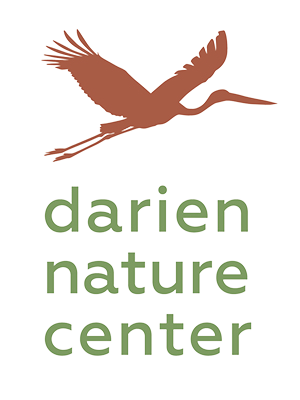Off-Site Programs
for Schools and Camps
Using the Connecticut State Science Curriculum as our guide, we have developed hands-on science programs designed to complement and enhance your science lessons. We offer variety of naturalist-led programs consisting of live animal demonstrations, games and interactive activities from preschool to 5th grade.
We also offer a field trip component for all grade levels. A trip to the Nature Center has much to offer — our pond, forests, fields, animal habitat room, natural science library and theatre can all be a part of your experience.
Each of the programs can be modified to your class’s specific unit and learning needs or you can chose from the examples listed below.
Elementary School Visits
If you have any questions, please review the FAQ section below, email lindsey@dariennaturecenter.org or call us at 203-655-7459.

